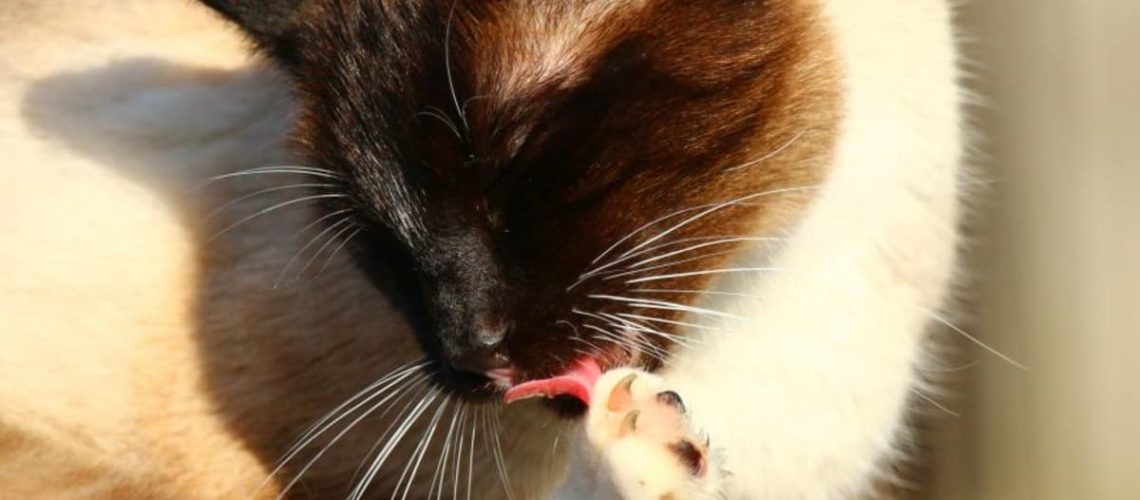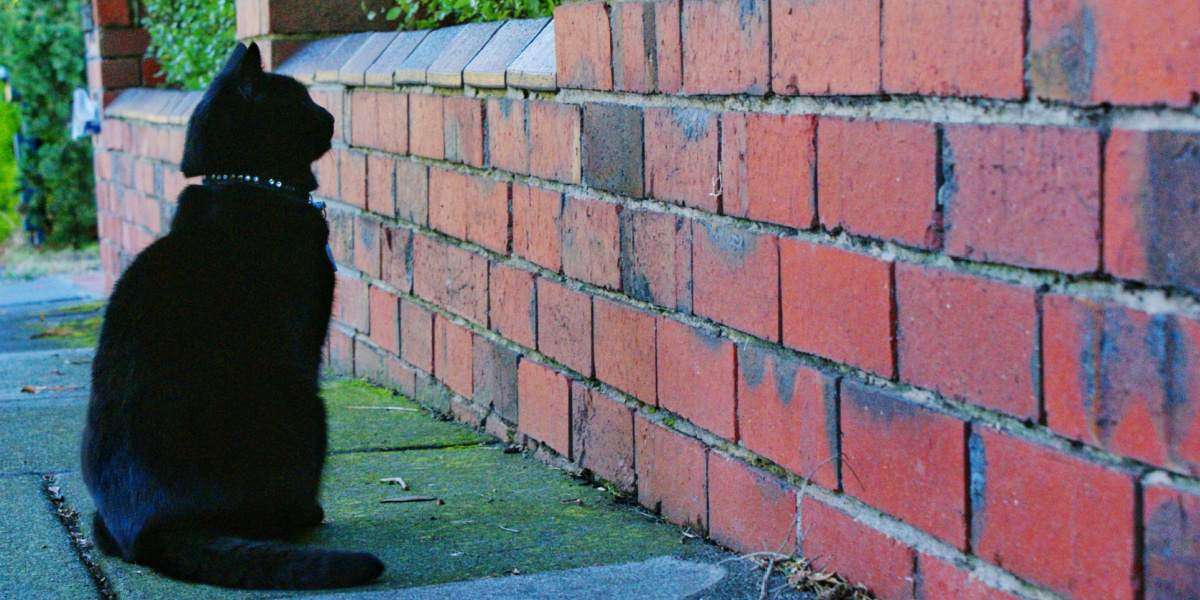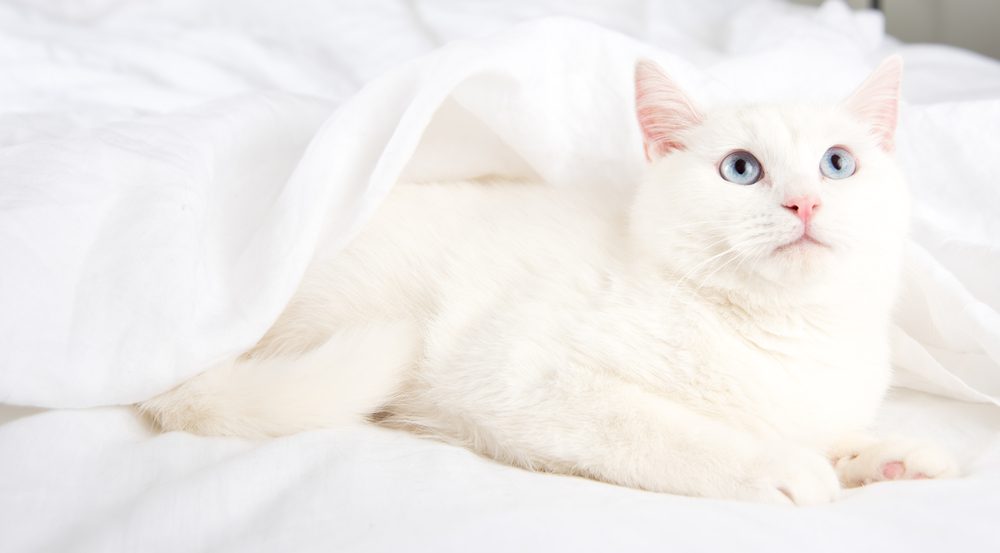Are you ready to discover the secret behind a cat's irresistible charm and unwavering self-confidence? Well, get ready to be amazed by the fascinating world of cats' grooming rituals! Whether you're a proud cat owner or simply intrigued by these mysterious creatures, understanding their self-care routines can bring you a wealth of benefits. Not only will it deepen your bond with your feline friend, but it will also give you valuable insights into their overall well-being. So, let's embark on this enchanting journey together as we explore the captivating world of amazing self-care: cats grooming rituals. Get ready to be captivated by their grace and elegance as we uncover the hidden secrets behind their immaculate fur and sparkling eyes. Let's dive in!
Key Takeaways:
- Cats groom themselves regularly to maintain cleanliness and hygiene.
- Grooming helps cats regulate their body temperature and keep their fur in good condition.
- Cats use grooming as a way to relax and relieve stress.
- Grooming rituals also serve as a form of bonding between cats and their owners.
- Regular grooming can help prevent hairballs, skin infections, and other health issues in cats.
The Importance of Grooming for Cats
Grooming is an essential part of a cat's overall health and well-being. It helps to keep their fur clean and free from tangles, removes loose hair, and prevents the formation of mats. Additionally, grooming allows cats to distribute natural oils throughout their fur, which keeps it shiny and healthy.
Regular grooming also helps to prevent the ingestion of excessive amounts of hair during self-grooming, which can lead to hairballs. By brushing your cat regularly, you can help reduce the occurrence of hairballs and promote better digestion.
Benefits of Regular Grooming:
- Keeps fur clean and free from tangles
- Removes loose hair
- Prevents matting
- Distributes natural oils for a healthy coat
- Reduces the occurrence of hairballs
Grooming Frequency:
The frequency at which you should groom your cat depends on their breed, coat length, and personal preferences. Long-haired cats generally require more frequent grooming sessions compared to short-haired breeds. As a general guideline, aim for at least one grooming session per week for short-haired cats and two to three sessions per week for long-haired cats.
How Cats Keep Themselves Clean
Cats are known for being meticulous self-groomers. They spend a significant amount of time each day cleaning themselves using their tongues and teeth. Their rough tongues act like natural brushes that help remove dirt, debris, and loose fur from their coats.
In addition to licking themselves clean, cats also use their paws to groom hard-to-reach areas such as their face and ears. They moisten their paws with saliva and then use them to wipe their fur, mimicking the action of a washcloth.
The Self-Grooming Process:
When a cat grooms itself, it follows a specific routine:
- Licking: Cats start by licking their fur from head to tail, using their tongues to remove dirt and loose hair.
- Wiping: Next, they use their paws to wipe their faces and ears, ensuring these areas are clean.
- Drying: After grooming, cats will often lick their paws again and then rub them over their heads or behind their ears to dry off any excess moisture.
Why Cats Need Human Help:
While cats are excellent self-groomers, there are certain areas they may struggle to reach or clean thoroughly on their own. These include the back of the neck, the lower back, and the base of the tail. This is where human assistance becomes crucial in maintaining a cat's overall cleanliness and preventing any potential skin issues or matting in these hard-to-reach areas.
Tools to Help Cats with Grooming
There are several grooming tools available that can make the grooming process easier for both you and your cat. These tools help remove loose hair, prevent matting, and keep your cat's coat looking its best.
Grooming Tools for Cats:
- Slicker Brush: A slicker brush has fine bristles that effectively remove loose hair and detangle knots in both short-haired and long-haired cats.
- Comb: A comb with wide-spaced teeth is ideal for removing tangles and mats in long-haired cats.
- Nail Clippers: Nail clippers designed specifically for cats help trim their nails safely and prevent them from becoming too long or sharp.
- Ear Cleaner: An ear cleaner formulated for cats can be used to gently clean their ears and remove any wax or debris.
Choosing the Right Tools:
When selecting grooming tools for your cat, consider their coat length and specific needs. It's important to choose tools that are designed for cats to ensure they are safe and effective. If you're unsure about which tools to use, consult with your veterinarian or a professional groomer who can provide guidance based on your cat's individual requirements.
The Benefits of Regularly Brushing a Cat's Fur
Regular brushing is one of the most important aspects of cat grooming. It offers numerous benefits for both you and your feline friend. By incorporating regular brushing sessions into your cat's routine, you can keep their fur healthy, reduce shedding, and strengthen the bond between you and your pet.
The Benefits of Brushing:
- Removes loose hair: Brushing helps remove loose hair from your cat's coat before it has a chance to shed all over your furniture and clothes.
- Prevents matting: Regular brushing prevents mats from forming in your cat's fur, which can be uncomfortable and difficult to remove.
- Promotes a healthy coat: Brushing stimulates the production of natural oils in your cat's skin, promoting a shiny and healthy coat.
- Bonding time: Brushing sessions provide an opportunity for quality bonding time with your cat, helping to strengthen your relationship.
Tips for Effective Brushing:
To make brushing a positive experience for both you and your cat, follow these tips:
- Start slow: If your cat is not accustomed to brushing, introduce the brush gradually and reward them with treats or praise during the process.
- Be gentle: Use gentle strokes and avoid pulling or tugging on any tangles or mats.
- Brush in the direction of hair growth: Brushing in the direction of hair growth is more comfortable for your cat and helps remove loose hair effectively.
- Watch for signs of discomfort: If your cat shows signs of distress or discomfort during brushing, take a break and try again later. It's important to make grooming a positive experience for them.
Cleaning a Cat's Ears: What You Need to Know
Why is Cleaning a Cat's Ears Important?
Cleaning a cat's ears is an essential part of their grooming routine. Just like humans, cats can accumulate dirt, wax, and debris in their ears, which can lead to discomfort and even infections if left unattended. Regular ear cleaning helps prevent these issues and ensures your furry friend stays healthy and happy.
How to Clean Your Cat's Ears Safely
To clean your cat's ears safely, you'll need a few supplies: cotton balls or pads, a cat-friendly ear cleaning solution recommended by your veterinarian, and treats to reward your cat for cooperating. Start by gently holding your cat's head and tilting it slightly to the side. Take a cotton ball or pad soaked with the ear cleaning solution and carefully wipe the visible parts of the ear canal. Avoid inserting anything deep into the ear canal as it may cause injury. If you notice any redness, swelling, or discharge during the cleaning process, consult your veterinarian for further guidance.
Tips for Making Ear Cleaning Easier
1. Get your cat accustomed to having their ears touched from an early age.
2. Use positive reinforcement such as treats or praise to create a positive association with ear cleaning.
3. Take it slow and be patient with your cat during the process.
4. If your cat becomes too stressed or agitated, consider seeking professional help from a veterinarian or groomer.
Remember, regular ear cleaning is crucial for maintaining your cat's overall well-being and preventing potential health issues.
Signs of Poor Grooming in Cats to Watch Out For
Why is Grooming Important for Cats?
Grooming plays a vital role in keeping cats healthy and comfortable. Cats are naturally clean animals, and their grooming routine helps remove dirt, dead hair, and parasites from their fur. It also stimulates blood circulation and distributes natural oils that keep their coat shiny and moisturized. However, if a cat's grooming habits decline or become inadequate, it can indicate underlying health or behavioral issues that require attention.
Signs of Poor Grooming in Cats
1. Matting: If you notice tangled or matted fur on your cat's body, it may be a sign of poor grooming. Mats can cause discomfort, skin irritation, and even restrict movement.
2. Dull Coat: A healthy cat should have a glossy and lustrous coat. If your cat's fur appears dull or lacks its usual shine, it could indicate insufficient grooming.
3. Excessive Shedding: While shedding is normal for cats, excessive hair loss can be a sign of poor grooming or an underlying health problem.
4. Dirty Ears or Eyes: Cats with poor grooming habits may have dirty ears with wax buildup or discharge around the eyes.
If you observe any of these signs in your cat, it is essential to address the issue promptly by consulting with a veterinarian. They can help determine the cause of the poor grooming and provide appropriate solutions.

Trimming Your Cat's Nails Safely and Properly
Why is Nail Trimming Important for Cats?
Regular nail trimming is crucial for maintaining your cat's overall health and preventing potential problems. Overgrown nails can cause discomfort while walking or running and may lead to painful conditions like ingrown nails or torn claws. By keeping your cat's nails at an appropriate length, you ensure their paws stay healthy and reduce the risk of accidental scratches during playtime.
How to Trim Your Cat's Nails Safely
Trimming your cat's nails can be a delicate process, but with patience and the right technique, it can become a stress-free experience. Start by getting your cat comfortable with having their paws touched and gently squeezed. Use specialized cat nail clippers or human nail clippers with a straight edge to trim the tips of the nails, avoiding the quick (the pink area inside the nail). If you are unsure about how much to trim, consult your veterinarian or a professional groomer for guidance.
Tips for Successful Nail Trimming
1. Gradually introduce your cat to nail trimming from an early age.
2. Offer treats or rewards before and after each session to create positive associations.
3. Take breaks if your cat becomes anxious or stressed during the process.
4. If you are uncomfortable trimming your cat's nails yourself, seek assistance from a veterinarian or professional groomer.
Remember to approach nail trimming calmly and patiently, ensuring both you and your cat feel safe throughout the process. Regular nail maintenance will help keep your feline friend happy and prevent any potential paw-related issues.
In conclusion, cats have amazing self-care grooming rituals that help keep them clean and healthy. By regularly grooming themselves, they can remove dirt, tangles, and parasites from their fur, ensuring they stay comfortable and happy.
How do you teach a cat self grooming?
To help your cat develop grooming habits, begin by brushing her every day. Brushing helps stimulate the skin and improve blood circulation, while also getting rid of fleas and ticks. Once she begins grooming herself, avoid interrupting her. It is important to let her fully engage in the grooming process.
What are cats doing when they groom themselves?
The reasons why a dog licks its coat are to spread natural skin oils for cleanliness and smoothness, promote circulation, cool down through saliva evaporation, and to get rid of parasites, infections, and allergies.
Why is my cat licking her privates so much?
Reasons why cats may excessively lick their genital area include pain, inflammation, issues with the urinary or reproductive systems, and unusual discharge.
Do cats groom themselves when happy?
A happy cat will either be calmly observant of their surroundings, showing no signs of being alarmed or agitated, or they may simply seem uninterested in their environment. They might take a nap or groom themselves in a relaxed manner.
Should I wipe my cats bum?
Summary: Cats typically take care of cleaning their own bottoms, but there are situations where they may require assistance. This includes when they age and become less agile, experience loose stools, or stop grooming themselves for other reasons. To clean their bottoms, use warm water and a gentle shampoo, washing in a circular motion until the area is clean. This information was provided on March 9, 2023.
How do you mimic grooming a cat?
The Licki Brush is a grooming tool designed for humans to use on their cats. It is shaped like a pacifier and has a brush at the end that mimics the grooming action of a cat's tongue. It allows you to bond with your pet by participating in their grooming routine. Refraining from licking cats is no longer an option with the Licki Brush.

















